Study: CAF II ISPs Stopped Serving Many Locations After Funding Ended
While not a violation of FCC rules, a former deputy bureau chief said she was surprised to see such a drop off.
Jake Neenan
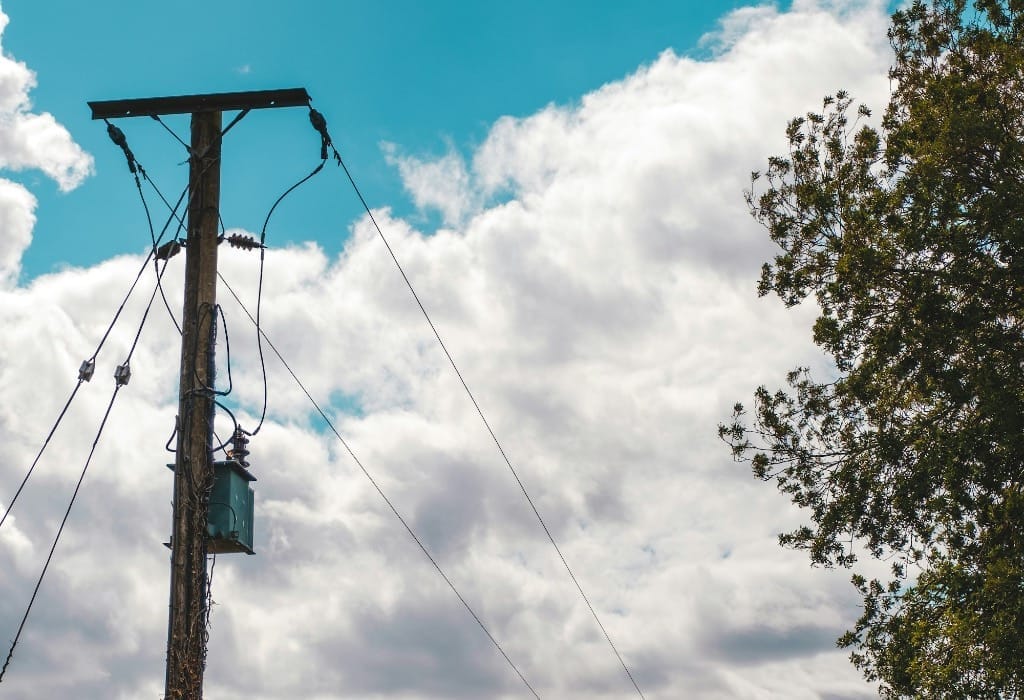
WASHINGTON, July 12, 2024 – Some of the country's largest incumbent Internet Service Providers received billions in federal subsidies to build out rural broadband networks through 2021. But the three largest recipients have stopped offering service to many as half the homes and businesses they once vowed to serve since funding stopped three years ago, a new study found.
The study, released in May by several California university researchers, underscored the need for more government oversight and better program design as billions in new broadband grant programs continue to flow, according to the authors. It also revealed some of the difficulties of subsidizing broadband as technologies continue to evolve.
As part of the Connect America Fund Phase II, AT&T, Frontier and CenturyLink (now Lumen) elected to receive a combined total of more than $7.3 billion from 2015 through 2020 to serve nearly 3 million homes and businesses that didn’t previously have broadband. These ISPs were the program’s biggest participants.
In total, the program spent nearly $1.5 billion per year in exchange for service to more than 7 million locations, for a total of about $10 billion after providers accepted a seventh year of support in 2021. The first phase of CAF, known as CAF I, was smaller, with incumbents accepting a total of more than $438 million to connect 1.6 million homes.
CAF II rules required companies to serve certain locations with speeds of at least 10 megabits per second download and 1 megabit per second upload – below the agency’s threshold for adequate internet at the time and far below the current threshold of 100/20 Mbps – and data reported to the FCC by ISPs said 10/1 Mbps is what most places got. It was provided principally by copper digital subscriber line, plus some fixed wireless.
Researchers from the University of California Santa Barbara, Ookla, and UC Berkeley surveyed more than 400,000 addresses across 15 states set to be served by AT&T, CenturyLink, Frontier, and Consolidated Communications through the CAF II program. Each one was certified to the FCC as served by one of the companies after the program’s support period ended.
Advertised speeds for the addresses from the ISP’s own websites showed they now offer internet of any kind at just over 55 percent of those locations. For locations certified by AT&T, the number was just 31.53 percent. Frontier, CenturyLink, and Consolidated offer some level of internet service at 70.71 percent, 90.42 percent, and 83.95 percent of the locations they certified, respectively.
Of the surveyed addresses where service is available, the study found that the providers offer upgraded service in excess of 100 Mbps download at about 27,618 locations – about 7 percent of the total surveyed – which would be considered adequately served by the standards of current broadband grant programs. About 30,333 of the addresses, another 7 percent, are offered internet below the 10 Mbps CAF II minimum, according to the researcher’s data.
“Quite frankly, we probably need stricter program rules,” said Tejas Narechania, director of the UC Berkeley Center for Law & Technology and one of the project leads. “A lot of people got internet access, and that’s important. But there were lots and lots of problems that could have been, and still can be, solved through good, rigorous oversight and better program goals. And that's an opportunity for policymakers.”
It’s not against FCC rules for the companies not to offer service at their obligated locations now that the program’s support period is over. But Carol Mattey, a former FCC deputy bureau chief who worked on establishing CAF, said the agency wasn’t anticipating such a drop off when it agreed to spend billions in exchange for upgraded infrastructure.
“The FCC expectation would be that companies would continue to offer the modest level of service that was required for CAF II,” Matty said. “Once the facilities were in place to offer 10/1 service, logically, you would think that the company would continue to offer service even after the support term ended. ”
The FCC and the Universal Service Administrative Company, the non-profit entity set up by the agency to handle its subsidy programs, declined to comment.
Doug Dawson, president of the telecom consulting company CCG, said, “From what I could see, there were few actual rural upgrades made from CAF. Telcos upgraded towns to get speeds up to 25-50 Mbps and this dragged many rural areas up to the CAF limits by default.”
That’s partly, he said, because telecom companies and consumers were looking to faster technologies even before the program was wrapping up. ISPs were still working to meet deployment requirements into 2021 – the program was supposed to be over by then but an additional year of support was offered because of pandemic disruptions – and by that time DSL was starting to become more inadequate.
“It’s an interesting report, but to some degree it feels like studying dinosaurs,” he said in an email. “The real trend is that customers just stopped buying rural DSL since it performed so poorly. Rural customers found better alternatives through grant upgrades, Starlink, WISPs, and now FWA. I don’t think anybody but the telcos know how many households they bailed on compared to how many households bailed on them.”
Indeed, earnings reports show ISPs have been decommissioning copper networks in favor of fiber-optic cable or wireless technologies where fiber would be too expensive.
AT&T has been trying to lose its “carrier of last resort” designation in states like California, which would let the company roll up miles of its old copper network. The company has also transitioned to offering fixed wireless broadband with excess mobile capacity to 5 percent of its CAF locations surveyed by the researchers.
There’s also the more recent Rural Digital Opportunity Fund, another FCC subsidy in which companies bid in a competitive auction with plans to serve areas for the lowest amount of government support. That program is spending another $6 billion over 10 years to get high-speed internet to many of the same areas previously served by CAF II. Almost all of its participants have been deploying fiber, which is more future-proof than DSL and provides much higher speeds.
“It would be very logical,” Mattey said, “for the original recipient of CAF Phase II to throw their hands up and say ‘I’m never going to be competitive against this fiber service, so why bother?’”
Frontier and Lumen did not respond to requests for comment, and Consolidated declined to comment.
An AT&T spokesperson said: “We met our CAF II commitment in 2021 and no longer receive CAF funding. Since then, Congress initiated a once-in-a generation effort at both the federal and state levels to bring broadband services to those and other areas through public-private partnerships.”


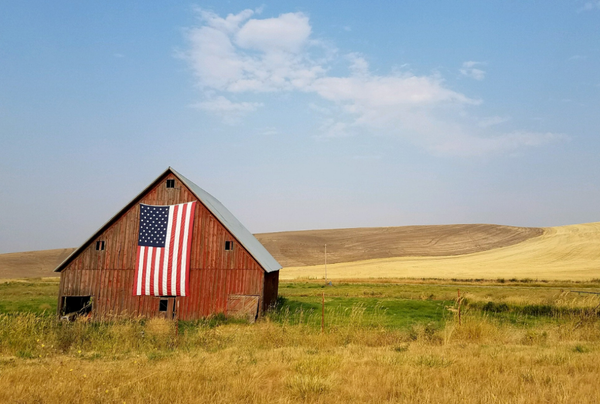
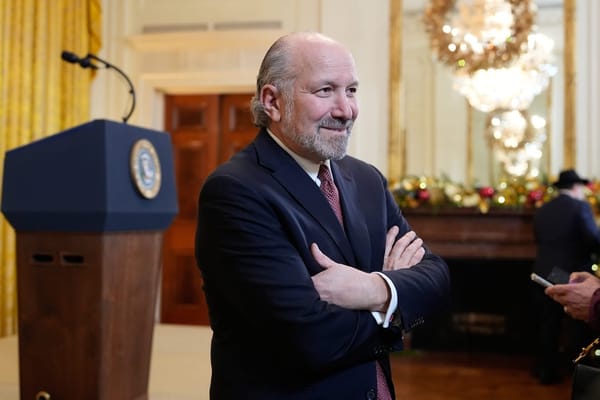
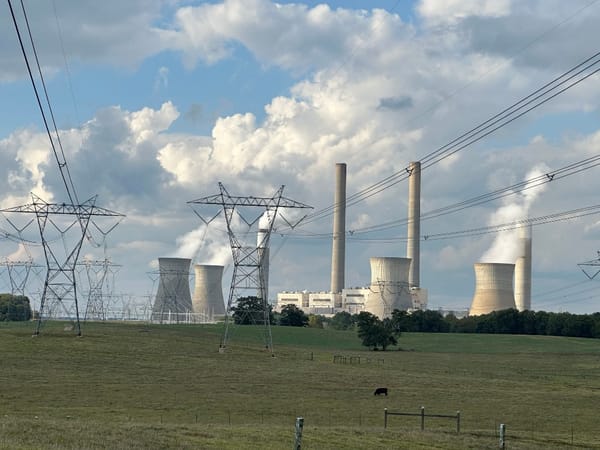
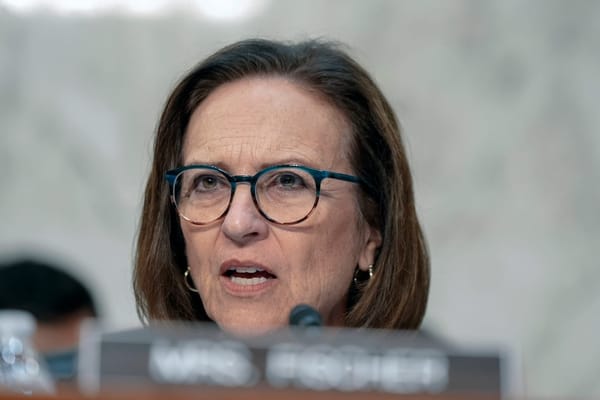
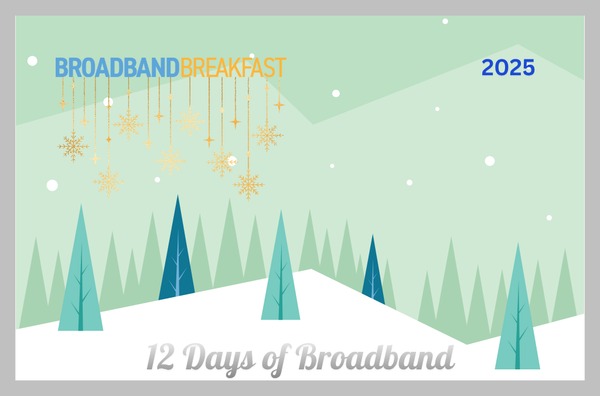


Member discussion